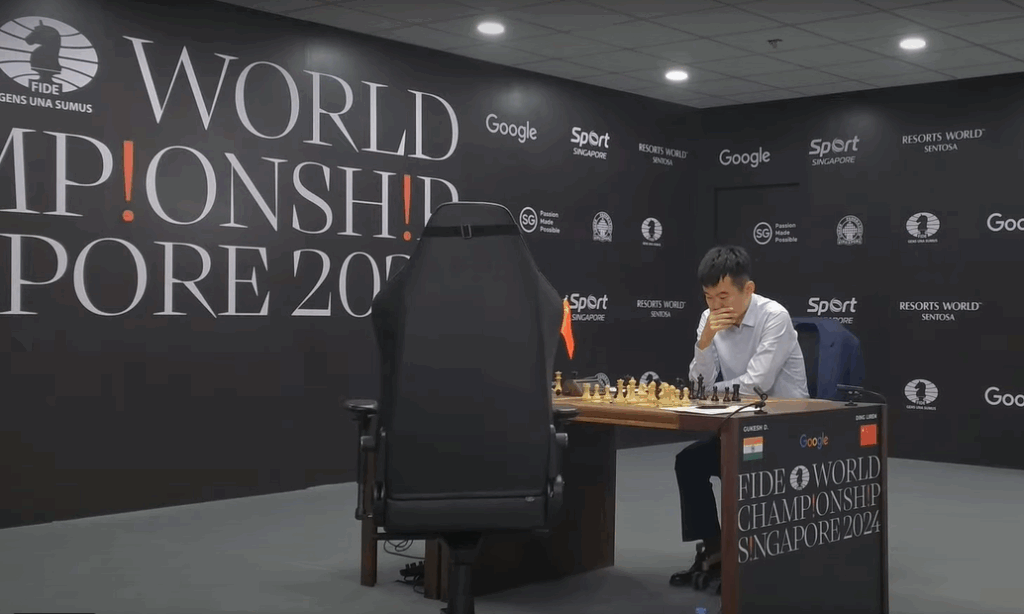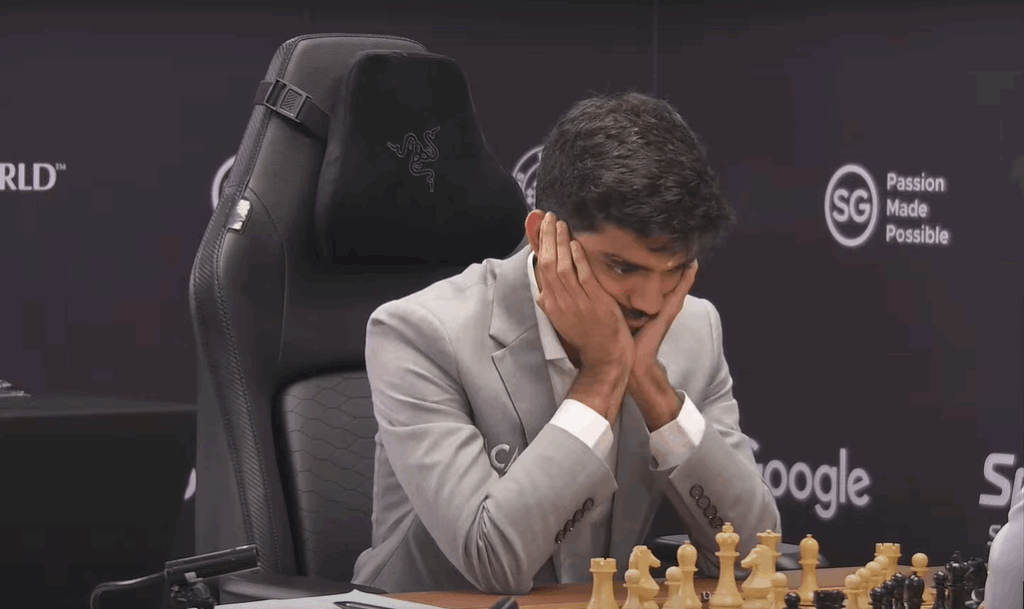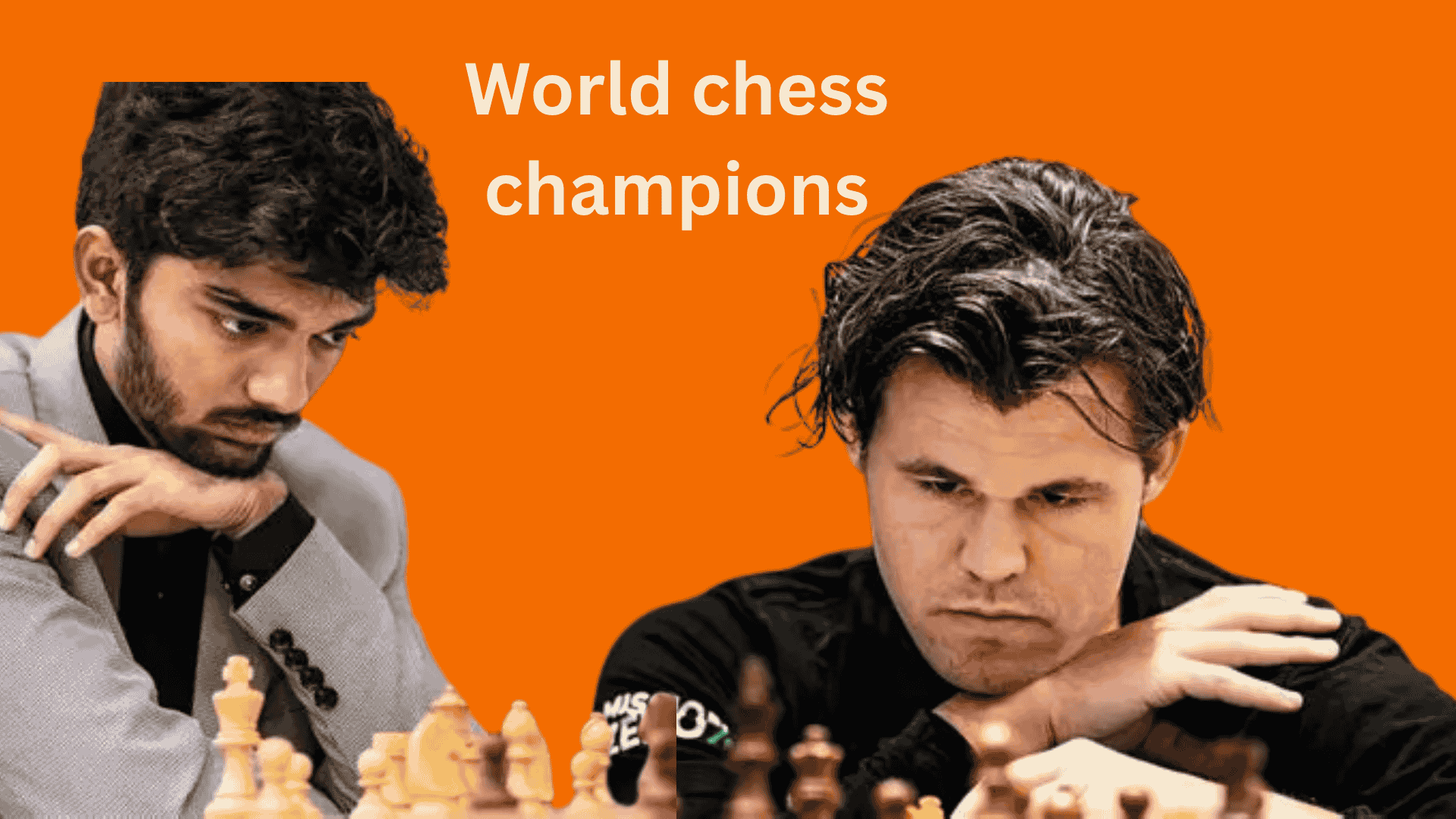The World Chess Championship is the highest title in the sport of chess, symbolizing ultimate mastery and mental excellence. Since its inception in 1886, the championship has evolved significantly, reflecting not only the growth of the game but also the socio-political environment surrounding it.
In 2024, India’s Gukesh Dommaraju (Gukesh D) made history by becoming the youngest undisputed World Chess Champion, marking a monumental moment for both Indian chess and global chess history.
Also Read: Youngest Grandmasters in Chess History
How the World Chess Championship Evolved Over Time

The World Chess Championship has undergone major structural changes over nearly 140 years. Here’s how the format evolved:
1. The Pre-FIDE Era (1886–1946)
The first official World Chess Championship took place in 1886 between Wilhelm Steinitz and Johannes Zukertort. During this period:
- The reigning champion had full control over match conditions.
- Challengers had to negotiate and raise funds to compete.
- There was no governing body; agreements were private.
2. FIDE Takes Over (1948–1993)
After Alekhine’s death in 1946, the world was left without a champion. FIDE (Fédération Internationale des Échecs) stepped in to organize an official cycle in 1948.
- Candidates Tournaments and Interzonals were introduced.
- The format became more standardized and transparent.
- Dominated by Soviet players during the Cold War.
3. The Schism: PCA vs FIDE (1993–2006)
In 1993, Garry Kasparov and challenger Nigel Short broke away from FIDE to form the Professional Chess Association (PCA), citing dissatisfaction with FIDE’s administration.
- This led to two parallel world champions: one under FIDE and one under PCA.
- Chess fans were divided, and legitimacy was questioned on both sides.
- The schism ended in 2006 with the reunification match between Vladimir Kramnik and Veselin Topalov.
4. Unified and Modern Era (2006–Present)
Post-2006, the championship has returned to being undisputed under FIDE’s governance.
- The champion is decided via a multi-tier qualification cycle: Candidates Tournament → World Championship Match.
- Rapid and blitz tiebreaks were introduced if classical games are tied.
- The game has globalized with champions emerging from Russia, India, Norway, China, and now again from India.
Also Read: Greatest Chess Player of All Time
Complete List of World Chess Champions (1886–2025)
| No. | Champion | Years Reigning | Highlights and Notes |
|---|---|---|---|
| 1 | Wilhelm Steinitz | 1886–1894 | First official world champion. Known for positional play. |
| 2 | Emanuel Lasker | 1894–1921 | Longest reigning champion (27 years). Mathematician and philosopher. |
| 3 | José Raúl Capablanca | 1921–1927 | Dominated with natural style and endgame prowess. |
| 4 | Alexander Alekhine | 1927–1935, 1937–1946 | Died while holding the title; known for attacking brilliance. |
| 5 | Max Euwe | 1935–1937 | Only Dutch champion; defeated Alekhine in a major upset. |
| 6 | Mikhail Botvinnik | 1948–1957, 1958–1960, 1961–1963 | Architect of Soviet chess dominance. |
| 7 | Vasily Smyslov | 1957–1958 | Known for harmonious, strategic style. |
| 8 | Mikhail Tal | 1960–1961 | The “Magician from Riga,” famed for creative attacks. |
| 9 | Tigran Petrosian | 1963–1969 | Excelled in positional defense. |
| 10 | Boris Spassky | 1969–1972 | Lost title to Fischer in most iconic match ever. |
| 11 | Bobby Fischer | 1972–1975 | First American champion; revolutionized the sport. Refused to defend title. |
| 12 | Anatoly Karpov | 1975–1985 | Became champion after Fischer’s withdrawal. Consistent and positional. |
| 13 | Garry Kasparov | 1985–2000 | Regarded as one of the greatest ever. Left FIDE in 1993. |
| 14 | Vladimir Kramnik | 2000–2007 | Defeated Kasparov. Unified the world title in 2006. |
| 15 | Viswanathan Anand | 2007–2013 | First Indian champion; known for universal style and speed. |
| 16 | Magnus Carlsen | 2013–2023 | Held title for a decade. Known for deep positional play and stamina. |
| 17 | Ding Liren | 2023–2024 | First Chinese champion. Won in tiebreak against Nepomniachtchi. |
| 18 | Gukesh D | 2024–Present | Youngest world champion in history. Defeated Ding Liren in 2024. |
The Rise of Gukesh D: A New Era in Chess

In 2024, Gukesh Dommaraju, aged just 17, defeated reigning champion Ding Liren in a gripping match to become the youngest ever World Chess Champion.
- Gukesh qualified by winning the Candidates Tournament 2024.
- His disciplined preparation and fearless style stood out.
- This victory marks the second time an Indian has claimed the world title after Viswanathan Anand, and it reflects India’s rising dominance in world chess.
His win is also symbolic of a generational shift, showcasing the rise of digital-native chess prodigies who honed their skills in the age of engines, online tournaments, and global coaching.
Major Controversies and Historic Matches
1972: Fischer vs Spassky
A Cold War showdown that brought chess into mainstream media. Fischer’s psychological tactics and demands made headlines.
1975: Title Forfeiture
Fischer forfeited the title due to disagreements with FIDE regulations. Karpov was declared champion by default.
1993: The Chess Schism
Kasparov and Nigel Short’s break from FIDE split the world title for over a decade, creating confusion and controversy among fans and federations.
2006: Toiletgate
In the reunification match between Kramnik and Topalov, accusations of excessive bathroom breaks escalated into a formal complaint and tension.
2023: Carlsen Relinquishes Title
Magnus Carlsen voluntarily chose not to defend his title after five successful defenses, citing motivational reasons, and passed the torch to the next generation.
Also Read: Magnus Carlsen’s Chess Style and Why Is It So Effective?
Why the World Chess Championship is important
- It preserves the tradition and legacy of competitive chess.
- The championship cycle fosters long-term preparation, strategy, and psychological strength.
- It inspires millions of players globally, from casual fans to future grandmasters.
- Each champion reflects not just personal excellence but the changing face of global chess.
Conclusion
The World Chess Championship is more than just a title it’s a historical timeline of genius, ambition, and change. From the classical brilliance of Steinitz and Capablanca to the modern dominance of Carlsen and the fresh promise of Gukesh D, each champion has left a distinct mark on the chess world.
As the championship continues to evolve in the digital era, one thing remains constant: it is the ultimate test of human intellect and resilience on the 64 squares.



